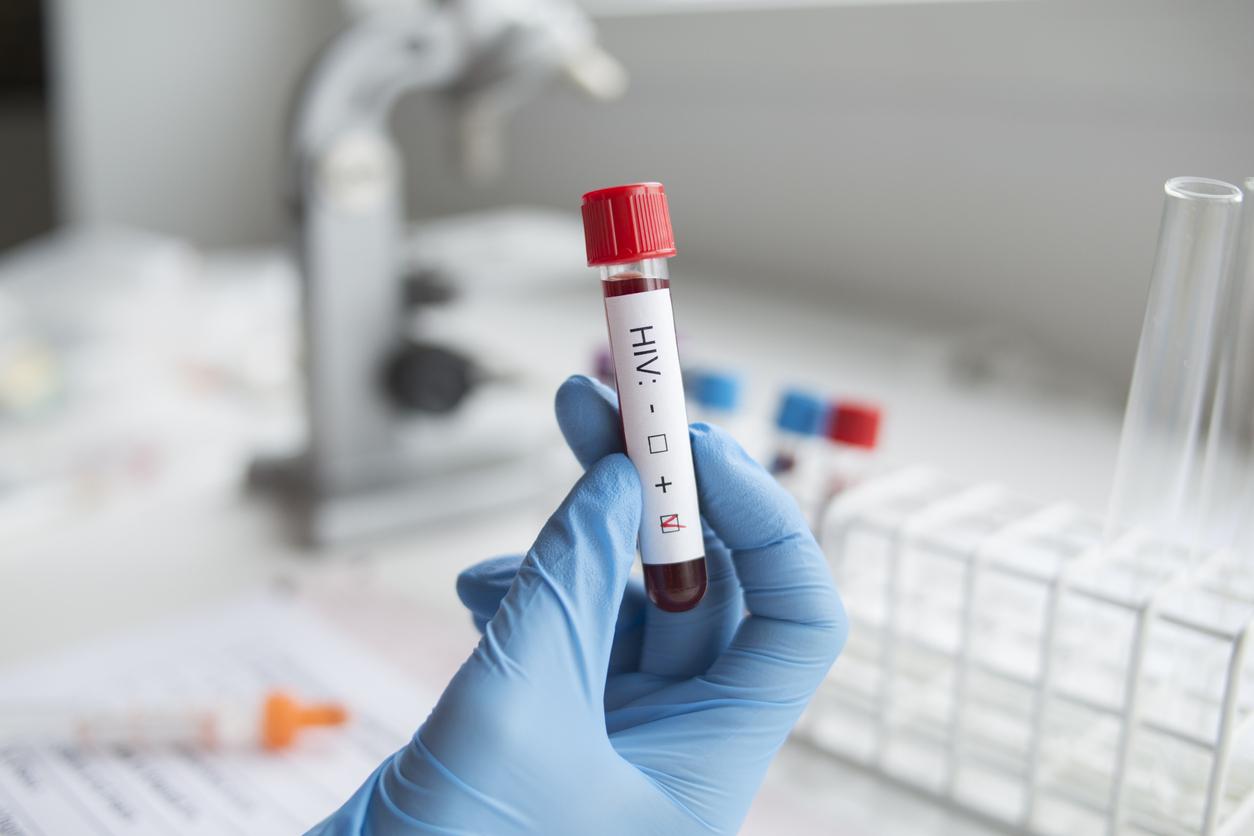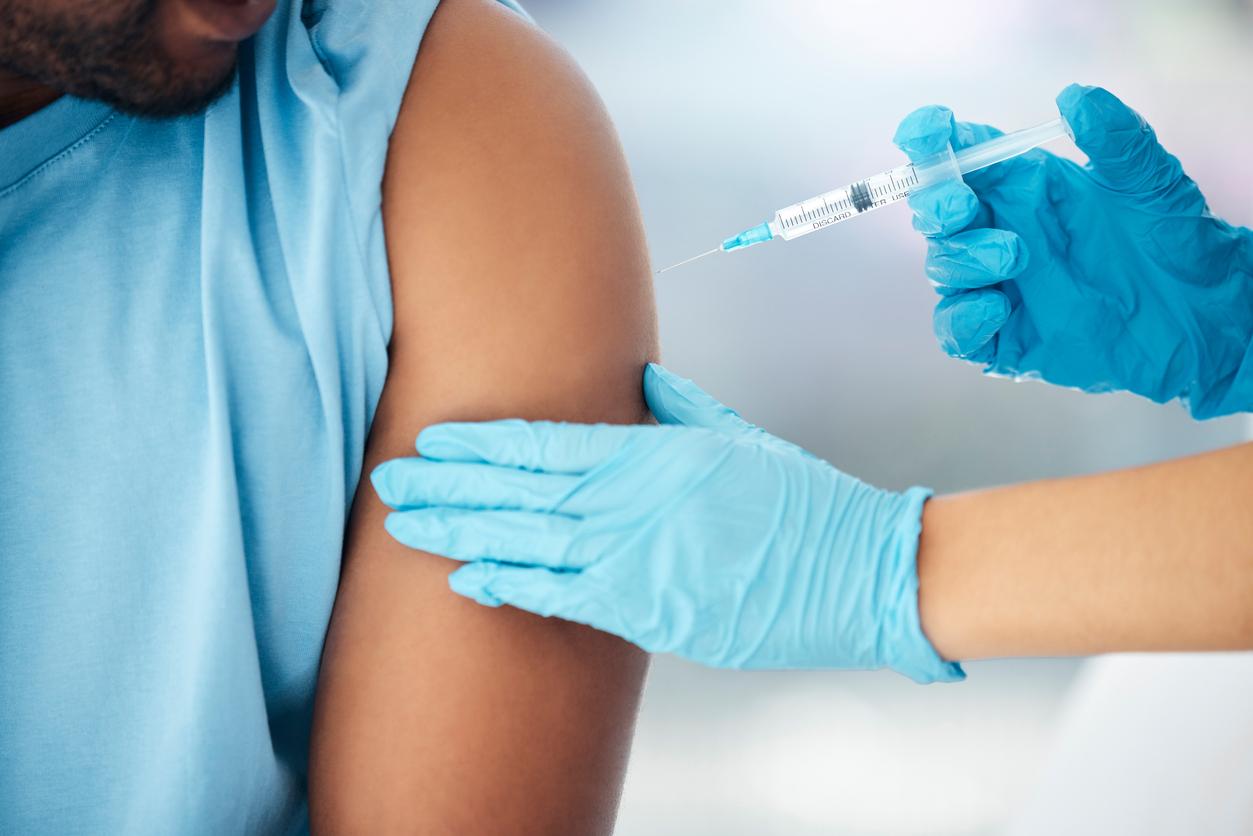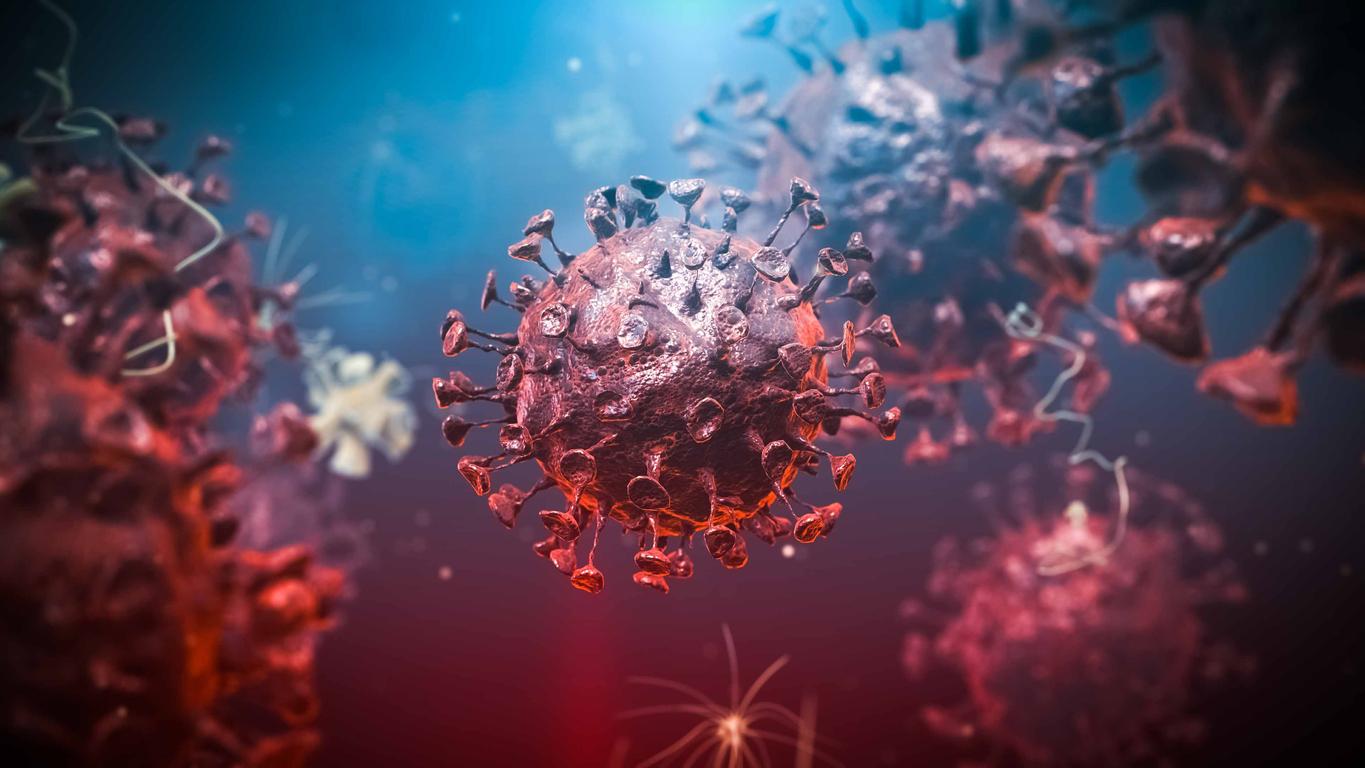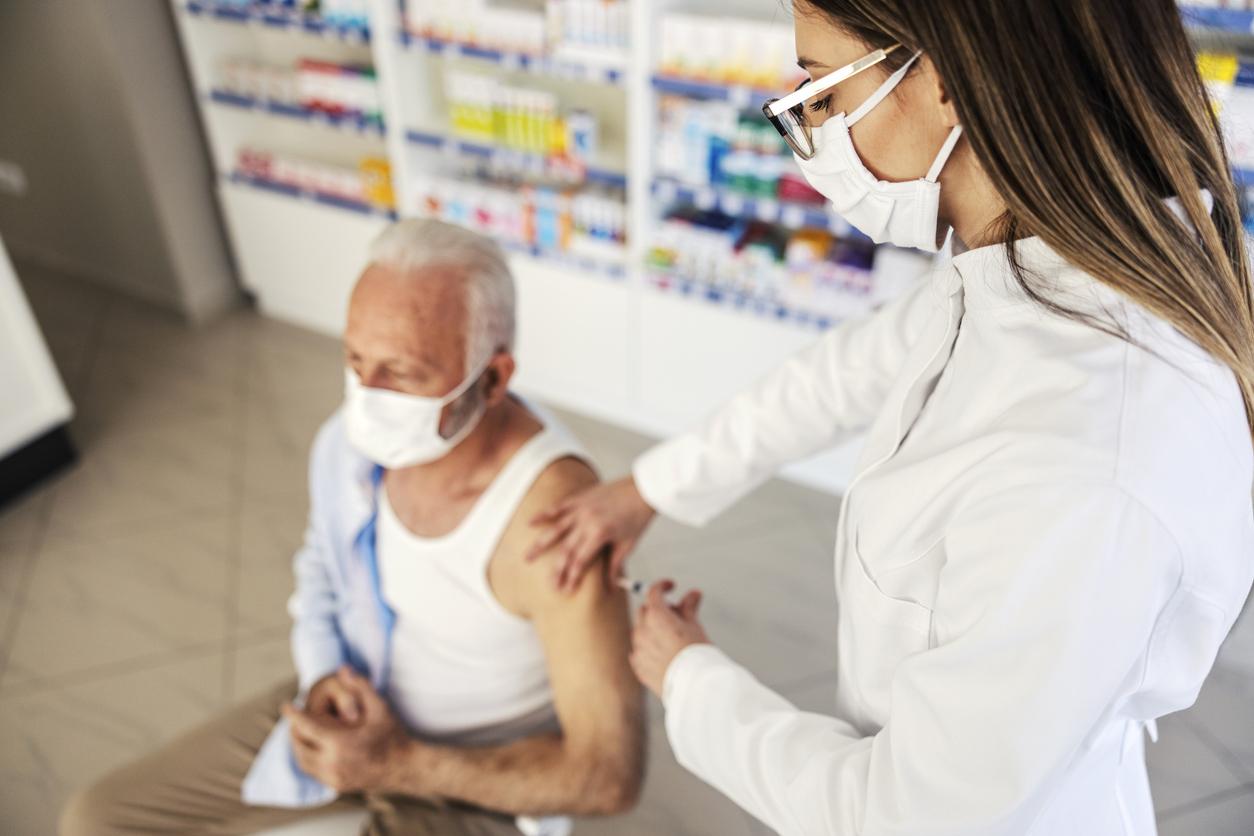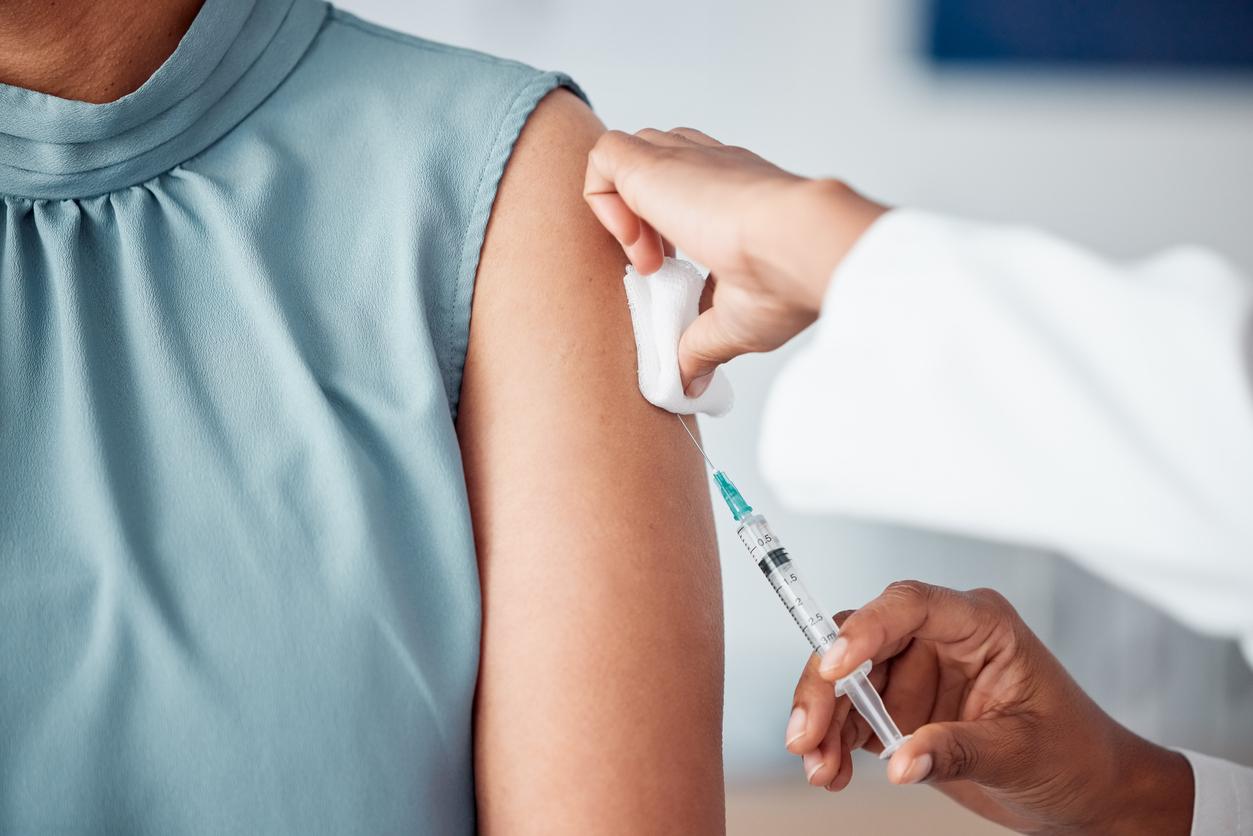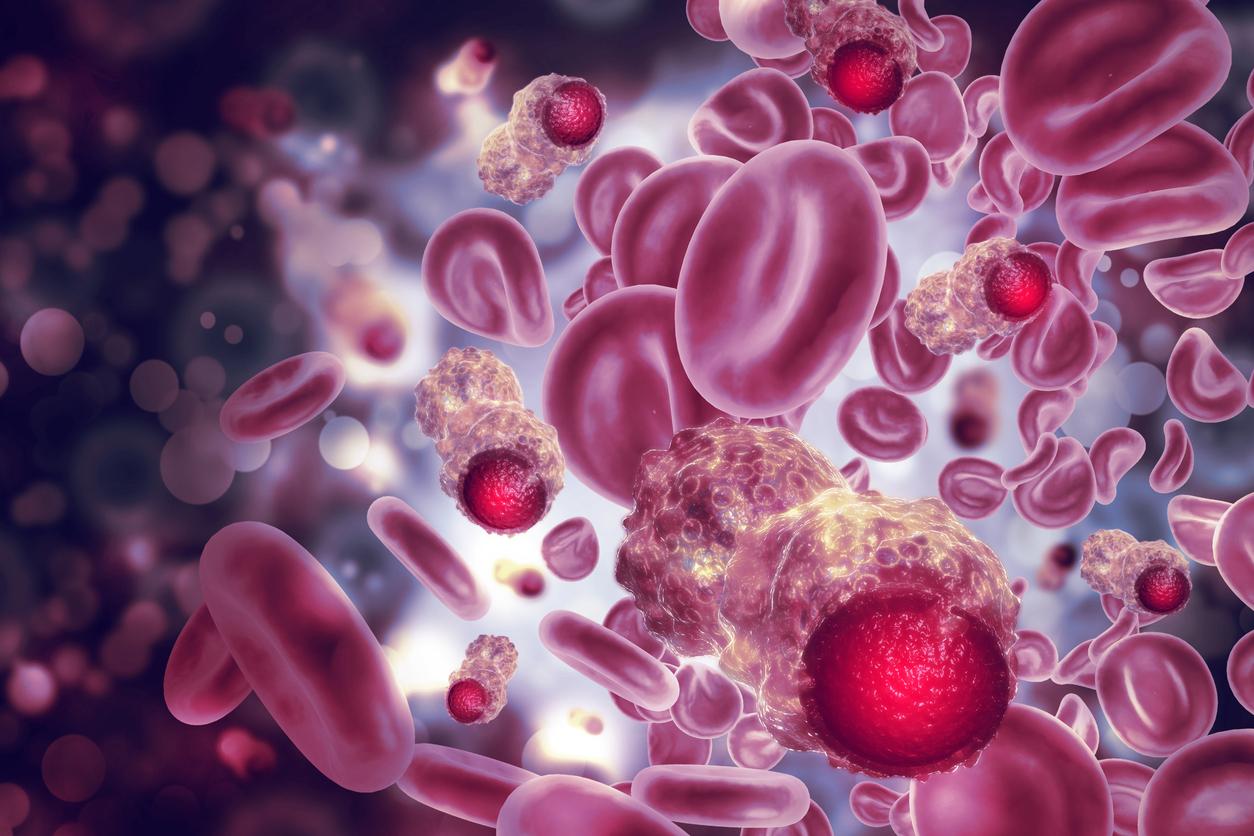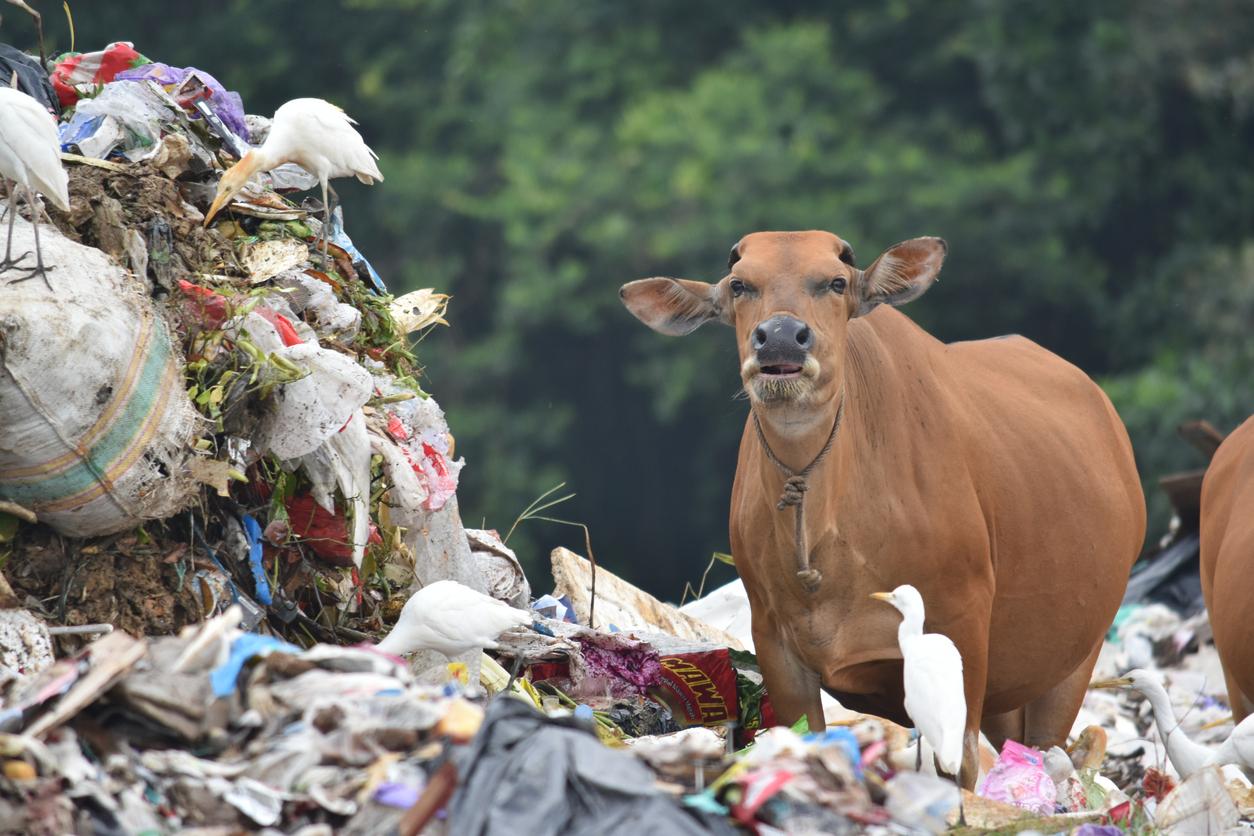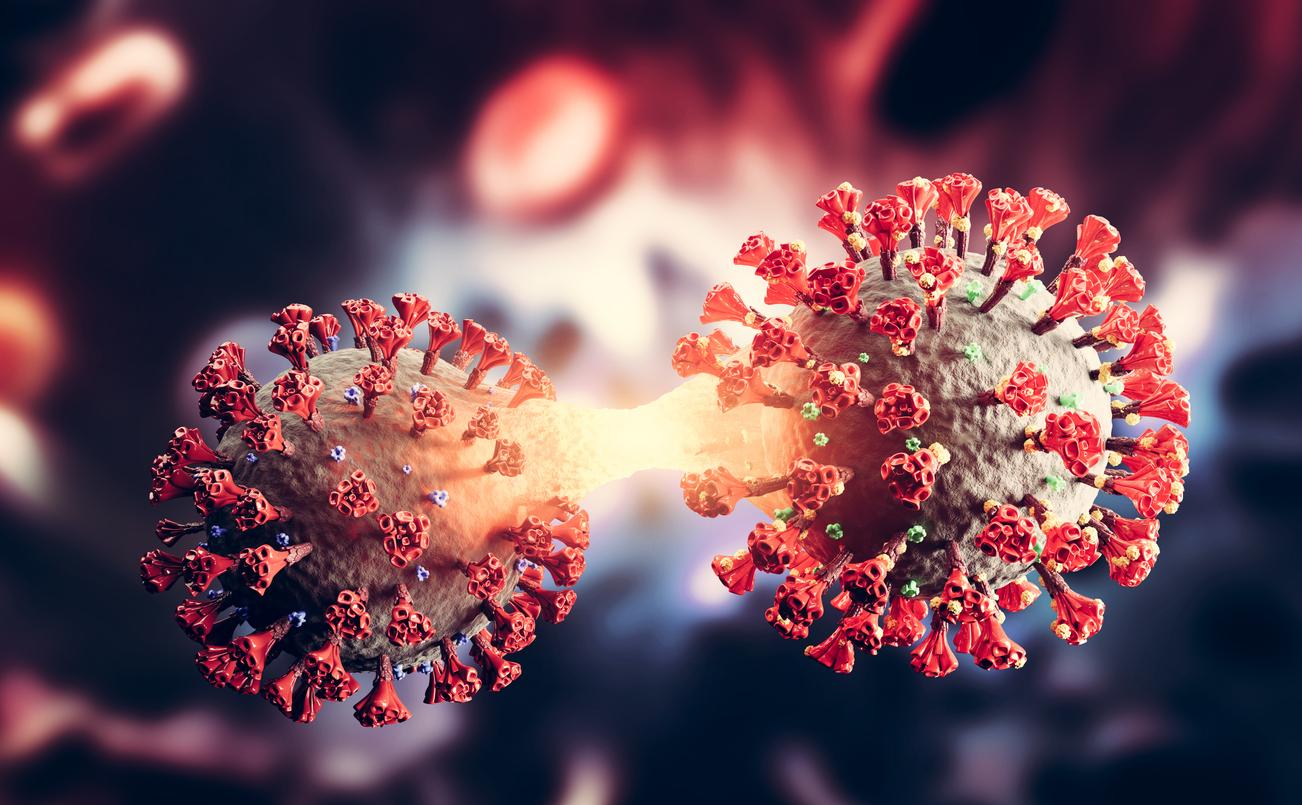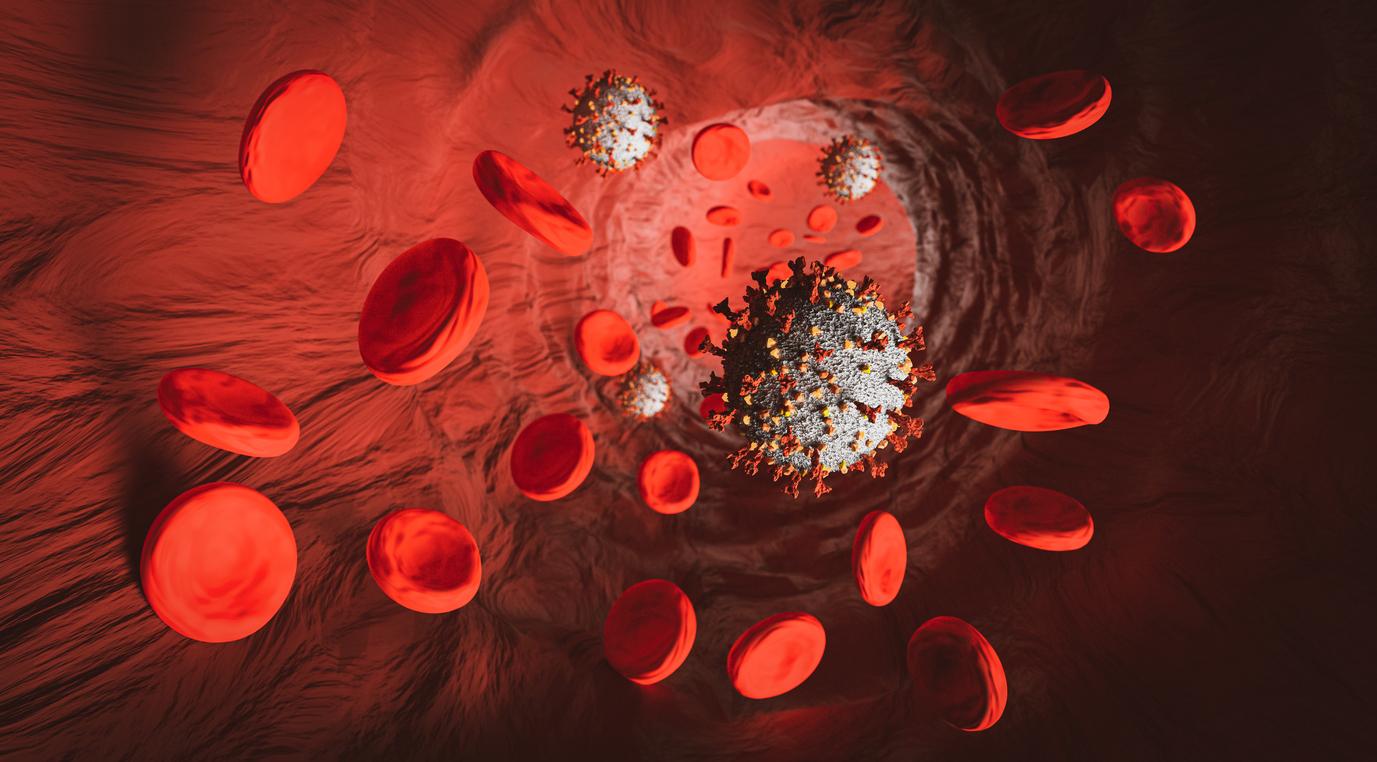Demonstrations against racism and against police violence around the world could relaunch the pandemic due to the concentration of people and the forgetting of barrier gestures.
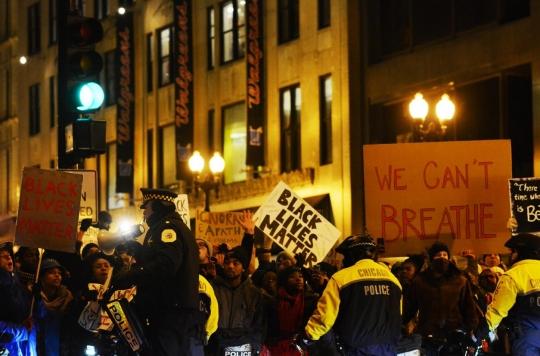
- Multiple carnivals in a German city would have doubled the risk of infection.
- Scientists have published an open letter with recommendations on behaviors for protesters and law enforcement.
For several days and the death of George Floyd in the United States, an African-American who died during his arrest, numerous demonstrations have been agitating the whole world in a spirit of denunciation of both racism, police violence and demanding more social justice. . Massive gatherings of people taking place in the context of a pandemic and which could well relaunch the pandemic wave of contamination.
Barrier gestures for demonstrators and police forces
Barrier gestures must remain a reflex and failure to respect them when thousands of people gather increases the risk of the spread of Covid-19. A study — not peer-reviewed — and published on June 2 showed that attending multiple carnivals in a German city doubled the risk of infection. The notable difference between these festivities and the global protests is in the location where they took place, since the latter took place indoors, where the virus can more easily be transmitted, unlike the protests that take place inside. outside and are therefore less conducive to the spread of the virus. The overwhelming majority of epidemic outbreaks discovered throughout the world are linked to gatherings in closed spaces, with little renewed, unfiltered and mixed air, as the Huffington Post.
Since January, I’ve striven to provide as complete an accounting of the #COVID19 pandemic as I can. And so I feel it is my job as a scientist to provide my best estimate of the amount of viral transmission the protests are likely to cause. 2/21
—Trevor Bedford (@trvrb) June 6, 2020
If it is less likely to be transmitted outdoors, the new coronavirus remains a contagious virus from which we must protect ourselves. “Yes, the protests are outdoors, but the people are all very close together, and in those cases, being outdoors doesn’t protect you as much”, affirms to the New York Times medical historian Howard Markel. In open letter, more than 1,000 infectious disease and public health experts have released a series of recommendations for protests rocking the world to avoid spurring the spread of the virus. For the demonstrators, they recommend wearing a mask, leaving two meters between each demonstrator, not going from group to group and staying at home if you have symptoms. Regarding the police, arrests and the use of tear gas, which reduce resistance to respiratory diseases, must be limited as much as possible.
In order to estimate the consequences of these demonstrations on the pandemic, old studies can give some clues. In 2007, a study published in the American journal PNAS, analyzed the aftermath of a parade in September 1918 in Philadelphia, when pandemic influenza hit the United States. The comparison with Saint Louis, which canceled its parade, showed that the flu affected the first city much more noticeably.
.









